Introduction
Backpacking can be an amazing way to experience new cultures, meet new people, and see incredible sights, all while sticking to a budget. However, in order to make the most of your backpacking adventure, it’s crucial to plan and manage your expenses wisely.
Before setting off on your backpacking journey, it’s important to take into consideration several factors that can impact your budget. In this section, we will discuss some essential tips for budget backpacking that will help you make the most of your travel funds.
Researching Average Costs
One of the first steps in budget backpacking is to research the average costs of the destinations you plan to visit. This will give you an idea of how much you should allocate for accommodation, food, transportation, and other expenses. For more information on budgeting for lengthy travel plans, check out Budgeting for lengthy travel plans.
Creating a Detailed Travel Budget Spreadsheet
Creating a detailed travel budget spreadsheet will allow you to keep track of your expenses and ensure that you stay within your budget. Include categories such as accommodation, food, transportation, entertainment, and miscellaneous expenses to get a clear picture of where your money is going.
Refining Your Budget with Expense Categories
By breaking down your budget into specific expense categories, you can better understand where you may need to allocate more or less money. This will help you make informed decisions and prevent overspending in certain areas.
Staying on Track with Real-Time Expense Tracking
Keeping track of your expenses in real-time can help you avoid overspending and make adjustments as needed. Consider using apps or software that allow you to input expenses as you go.
When backpacking, it’s important to save money wherever possible. One helpful strategy is to get a local SIM card for your phone to avoid high charges from your home provider. This can save you money on data usage as you navigate, stream videos, or use your phone for other purposes.
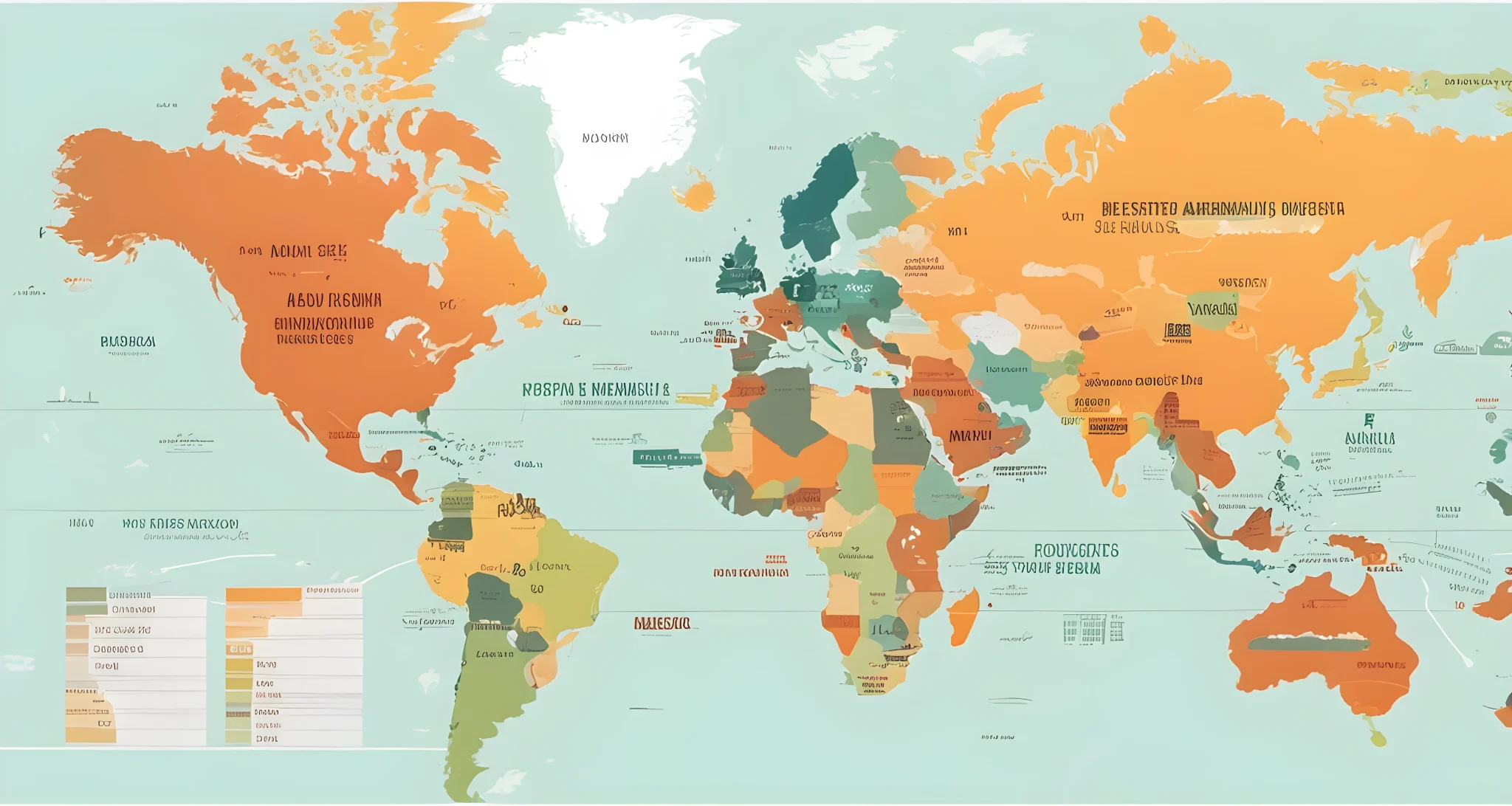
Choosing Your Destination and Duration
When embarking on a budget backpacking trip, the first step is to carefully consider your destination and the duration of your trip. This will have a significant impact on the overall cost of your adventure. Here are some tips to help you make the best choices:
Researching Potential Destinations
- Consider visiting Inexpensive Tropical Escapes to get some ideas for budget-friendly destinations.
- Look for countries or regions where the cost of living is lower, such as Southeast Asia, Eastern Europe, or Central America.
- Research visa requirements and any travel restrictions that may impact your plans.
Duration of Your Trip
- Longer trips generally require a larger budget, as you will need to cover expenses such as accommodation, food, and transportation for a longer period.
- Consider the peak tourist seasons and try to plan your trip during the shoulder season when prices tend to be lower.
Flexibility
- Remain flexible with your travel dates and be open to adjusting your itinerary based on costs.
- Keep an eye on flight deals and consider flying into less expensive airports.
By carefully selecting your destination and planning the duration of your trip, you can significantly impact the overall cost of your backpacking adventure. With the right research and flexibility, you can ensure that your budget goes further and that you have an amazing experience without breaking the bank.
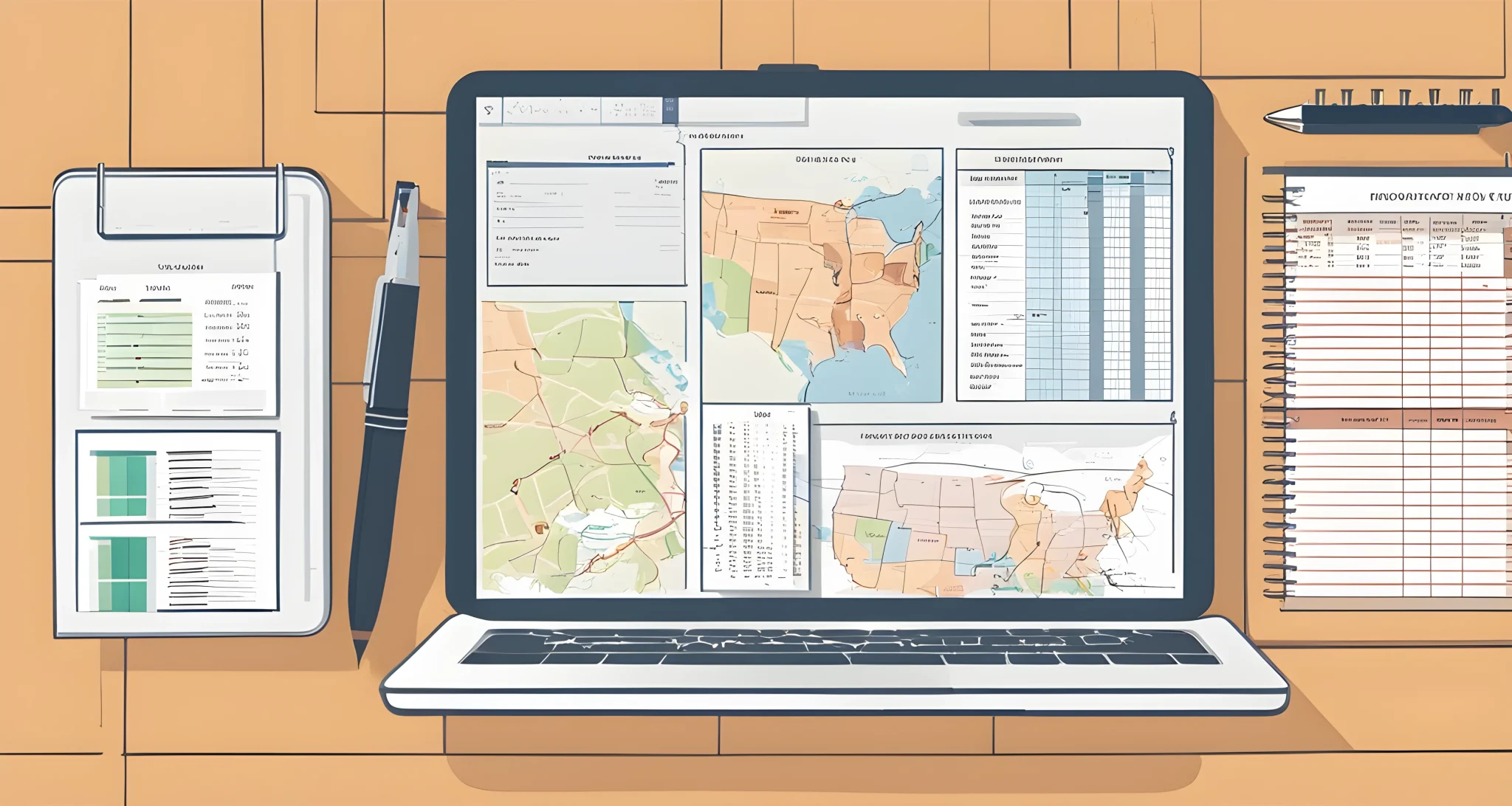
Researching Average Costs
Before you start creating your travel budget, it’s important to research the average costs of your desired destination and duration of stay. This will give you a realistic idea of how much money you’ll need to set aside for your trip. Here’s how to go about it:
-
Online Research: Use travel websites, forums, and blogs to find information on the average costs of accommodation, food, transportation, and activities in your chosen destination. Websites like Kid-friendly travel deals can also provide valuable insights into family-friendly travel deals and cost-saving tips if you plan on traveling with kids.
-
Local Contacts: Reach out to friends or family members who have previously visited the location you’re interested in. They can provide firsthand information on the average costs they incurred during their trip.
-
Budget Travel Guides: Invest in a reputable budget travel guidebook that provides detailed information on the average costs of living in different countries and cities. These guides often include tips on how to save money while traveling.
Joining a group tour can be a great way to save money while traveling. Look for tours that include accommodation, transport, and activities to avoid additional expenses. Having a guide can also help you avoid hidden fees and scams, saving you money in the long run.
Researching average costs is a crucial step in creating an accurate travel budget. By gathering as much information as possible, you’ll be better equipped to plan for your trip financially and ensure that you have enough funds to cover all your expenses.
By following these tips, you can make informed decisions about how much money to allocate for your travels and avoid any financial surprises along the way. Remember that thorough research is key to successful budget backpacking!
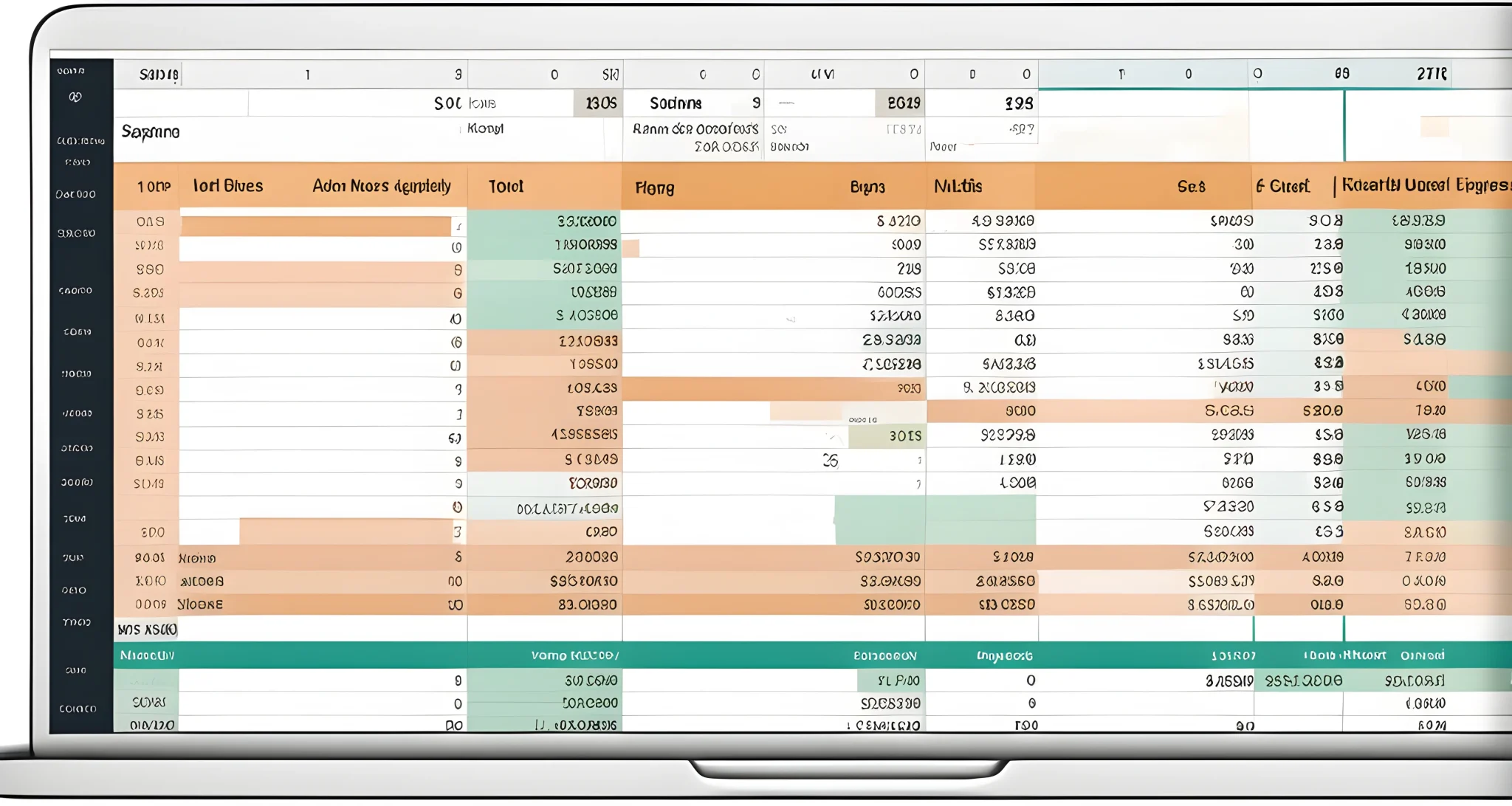
Creating a Detailed Travel Budget Spreadsheet
When it comes to budget backpacking, creating a detailed travel budget spreadsheet is essential for keeping track of your expenses and staying within your financial limits. Here are some tips to help you create an effective budget spreadsheet:
Planning Your Trip During Off-Peak Seasons
- Planning your trip during off-peak seasons can lead to significant cost savings. In regions like Australia or South East Asia, peak seasons tend to be more expensive, so visiting during off seasons can help you take advantage of lower prices for flights and lodging.
Choosing Your Destination and Duration
- Researching average costs in different destinations will help you determine where you can get the most value for your money. Check out Inexpensive Europe travel destinations for some affordable options in Europe.
Researching Average Costs
- Before creating your budget spreadsheet, research the average costs of accommodations, transportation, food, and activities in each destination you plan to visit. This will give you a baseline for estimating your expenses.
Refining Your Budget with Expense Categories
- Divide your budget spreadsheet into different expense categories such as accommodation, transportation, food, activities, and miscellaneous expenses. This will allow you to allocate specific amounts to each category and track your spending more effectively.
Budgeting by Item or Category
- Some travelers prefer to budget by individual items, while others prefer to categorize their expenses. Decide which method works best for you and organize your budget spreadsheet accordingly.
Staying on Track with Real-Time Expense Tracking
- Keep track of your expenses in real-time by updating your budget spreadsheet regularly. This will help you stay on top of your spending and make adjustments as needed to stay within your budget.
By creating a detailed travel budget spreadsheet and following these tips, you can effectively manage your finances while backpacking on a budget. Happy travels!
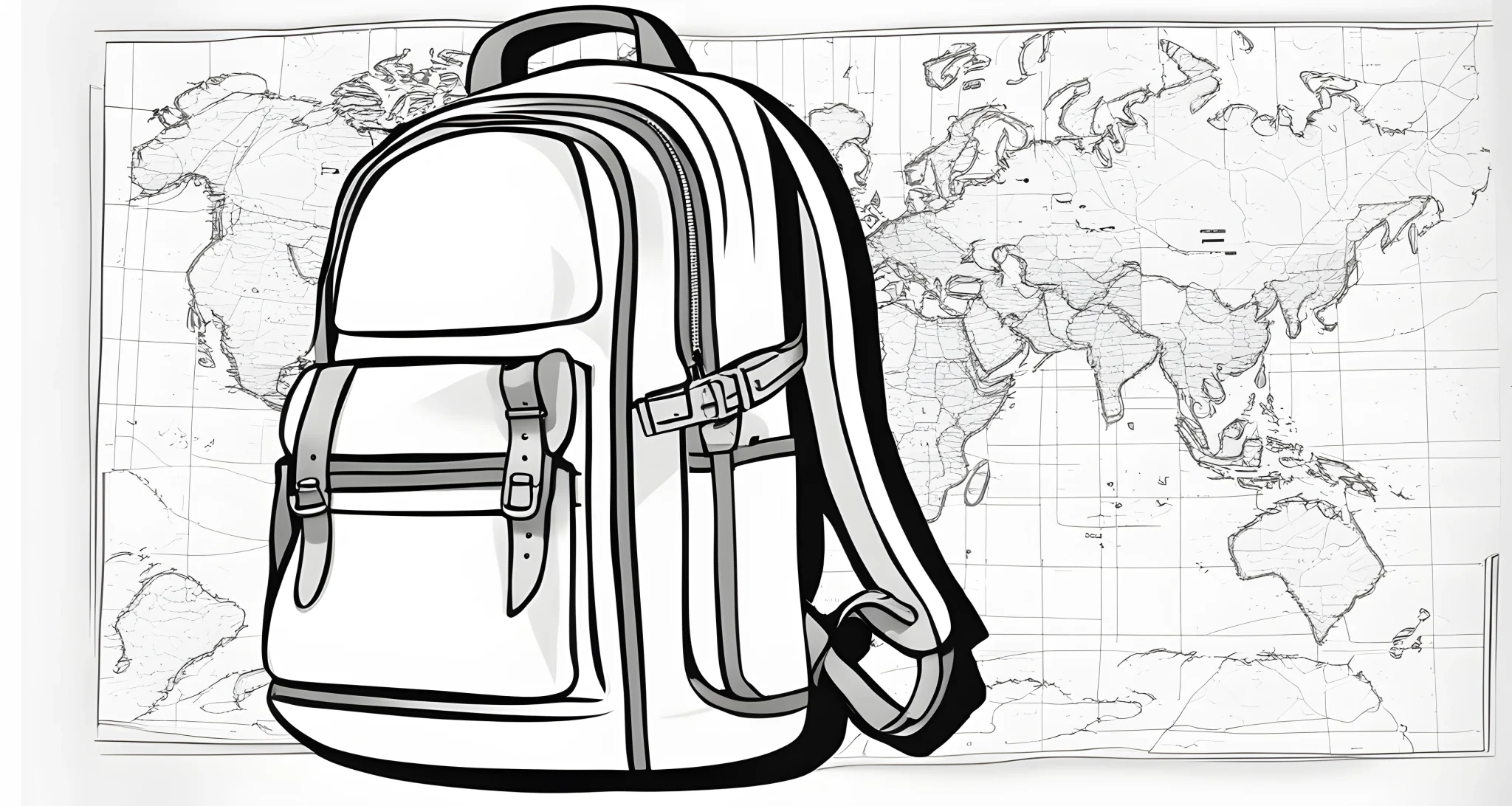
Refining Your Budget with Expense Categories
When it comes to budget backpacking, refining your budget with expense categories is essential to staying on track financially. By breaking down your expenses into specific categories, you can better manage your funds and ensure that you’re not overspending in any one area.
Benefits of Expense Categories
- Organization: Categorizing your expenses allows you to see exactly where your money is going, making it easier to identify any areas where you may be overspending.
- Control: By setting specific budgets for each category, you can exercise greater control over your spending and avoid running out of money prematurely during your trip.
- Visibility: With expense categories, you can easily track how much you’ve spent in each area, giving you a clear picture of your overall financial situation.
Common Expense Categories
- Accommodation: Researching average costs for accommodations in various destinations will help you determine how much to allocate for this category. Consider alternative options like housesitting to save on lodging expenses.
- Transportation: Budget for flights, trains, buses, and other transportation costs. Look for affordable options and consider using public transportation when possible.
- Food: Plan for daily meals and snacks, and look for budget-friendly dining options such as local markets or street food vendors.
- Activities: Allocate funds for sightseeing, excursions, and entertainment while being mindful of free or low-cost activities in each destination.
Using Expense Tracking Tools
- Utilize spreadsheets or budgeting apps to keep track of your expenses by category in real-time.
- Regularly update your expense tracking tool to ensure that you are staying within budget for each category.
- Adjust your spending as needed based on the information provided by these tracking tools.
By refining your budget with expense categories, you can effectively manage your finances while backpacking. This method allows you to make informed decisions about where to allocate your funds and ensures that you stay on target with your overall travel budget.
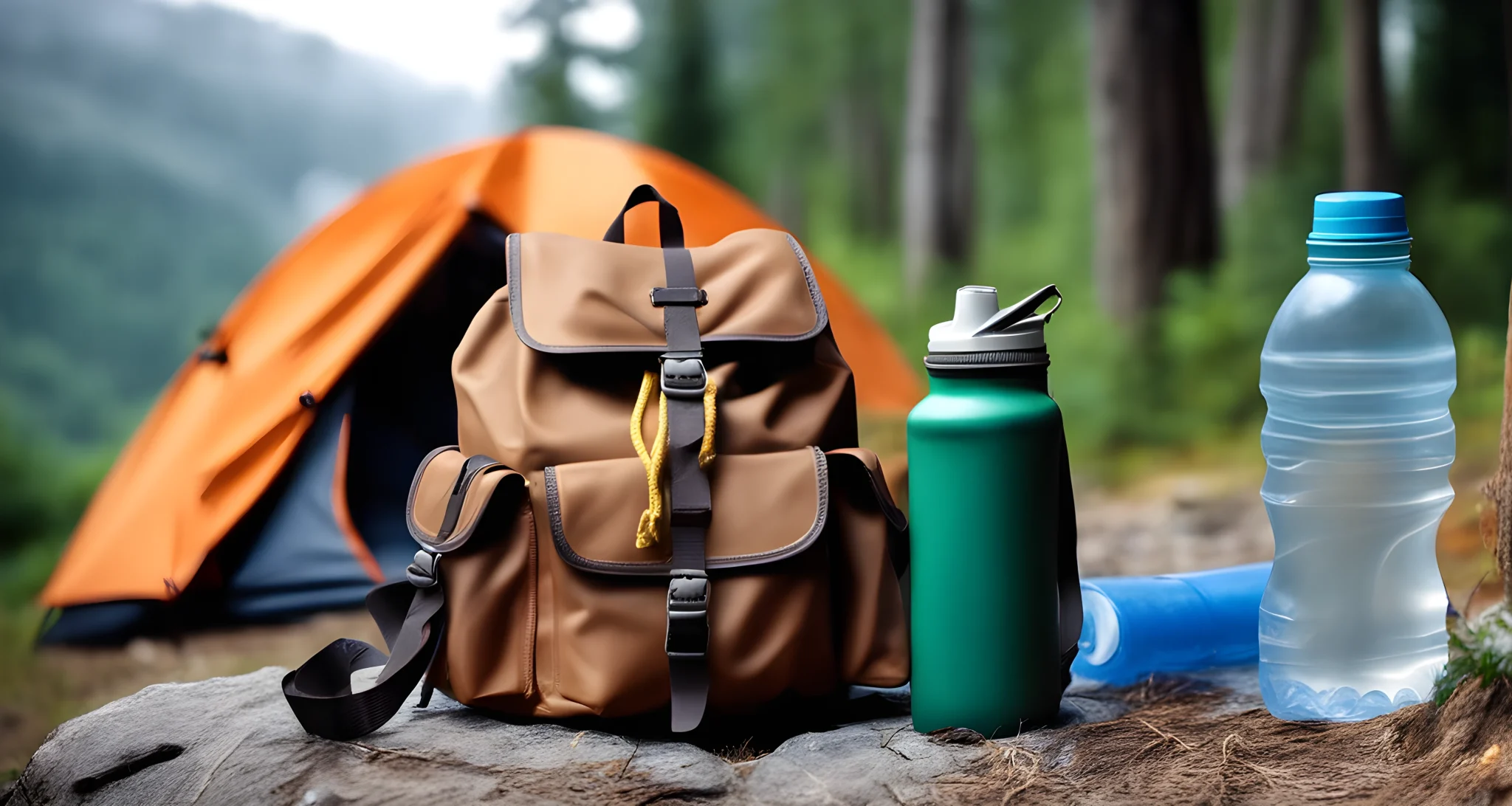
Budgeting by Item or Category
When it comes to budgeting for your backpacking trip, there are several approaches you can take to ensure you stay on track with your finances. One effective method is to budget by item or category, allowing you to monitor and control your spending in a more detailed manner.
Researching and monitoring exchange rates
Before exchanging currency for your trip, it’s important to research and monitor exchange rates. This can help you save money on your travels by exchanging your money at the most favorable time. Paying attention to the current rates and choosing the right time to exchange your currency can result in getting the best value for your money. You can utilize online tools or apps that provide real-time exchange rate information to help you make informed decisions.
Creating a detailed travel budget spreadsheet
To effectively budget by item or category, start by creating a detailed travel budget spreadsheet. Include categories such as transportation, accommodation, food, activities, and miscellaneous expenses. This will allow you to allocate specific amounts of money to each category and track your spending accordingly.
Refining your budget with expense categories
Break down each category further by listing individual expenses within them. For example:
- Transportation: flights, public transport, rental car
- Accommodation: hotels, hostels, Budget accommodations guide
- Food: groceries, dining out
- Activities: excursions, tours, entrance fees
- Miscellaneous: souvenirs, travel insurance
Staying on track with real-time expense tracking
Utilize apps or spreadsheets that allow you to track expenses in real-time. This will help you stay on top of your spending and make adjustments as needed. By closely monitoring your expenses by item or category, you can identify areas where you might be overspending and make necessary changes to stay within your budget.
By budgeting by item or category and staying informed about exchange rates, you can effectively manage your finances while backpacking and ensure that you make the most of your travel funds.
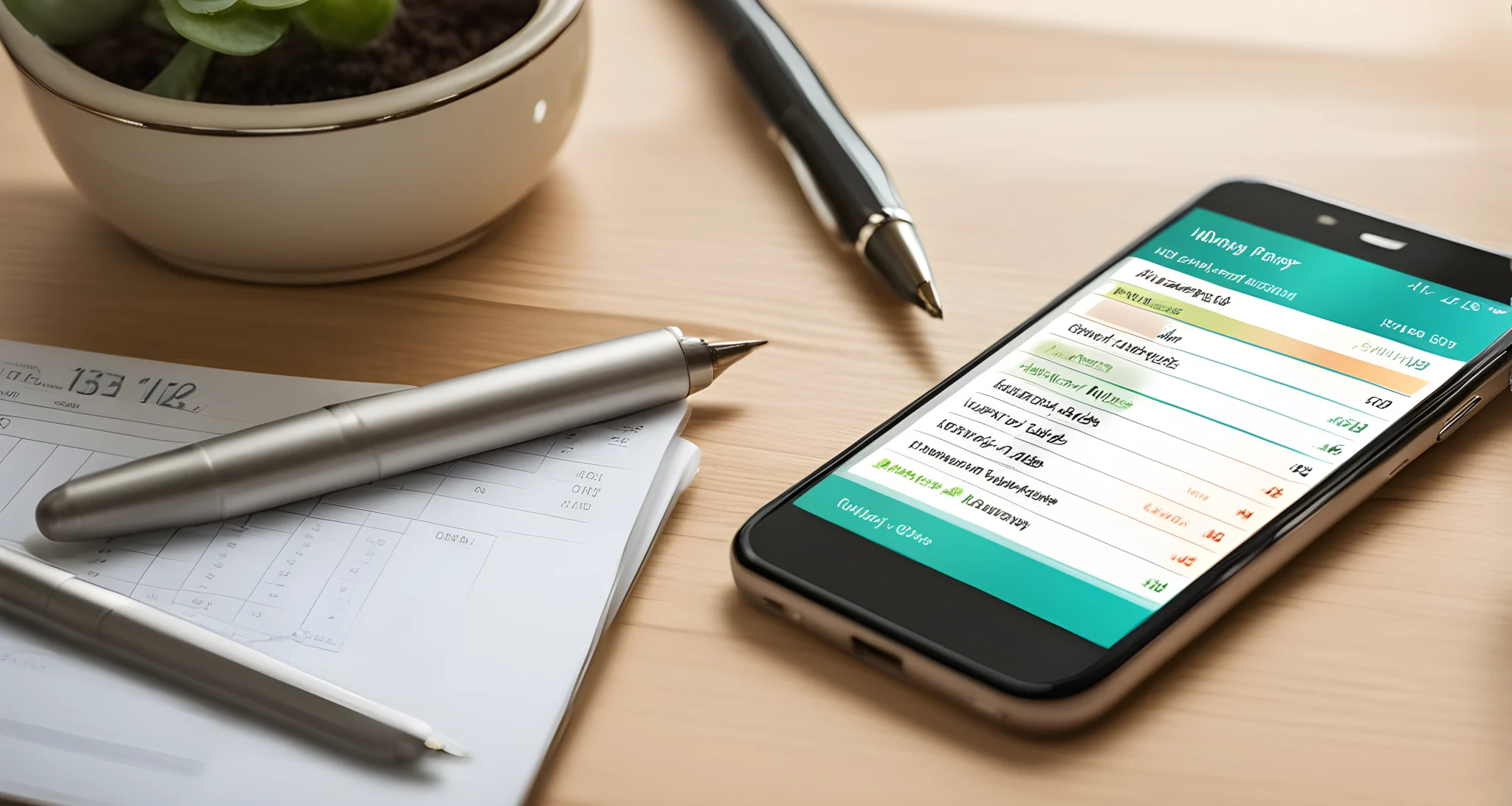
Staying on Track with Real-Time Expense Tracking
When backpacking on a budget, it’s crucial to stay on top of your expenses in real-time to ensure that you don’t overspend. Real-time expense tracking allows you to make adjustments as needed and helps you stay within your financial limits. Here are some tips for staying on track with real-time expense tracking:
-
Use a Budgeting App: There are several budgeting apps available that allow you to track your expenses in real-time. These apps can help you categorize your expenses, set spending limits, and receive notifications when you’re approaching your budget limits.
-
Regularly Update Your Spreadsheet: If you prefer using a detailed travel budget spreadsheet, make sure to regularly update it with your expenses. This will give you a clear overview of your spending and help you identify areas where you may be overspending.
-
Carry a Travel Journal: Keeping a travel journal where you can jot down all your expenses throughout the day can be a great way to track your spending in real-time. It’s also a helpful way to look back on your trip and reflect on your experiences.
-
Set Daily Spending Limits: Setting daily spending limits for different categories such as food, accommodation, and activities can help you stay on track with your budget. If you notice that you’re consistently exceeding your daily limits in a specific category, it’s time to reassess and make changes.
-
Regularly Review Your Expenses: Take some time each day to review your expenses and compare them against your budget. This will give you an opportunity to identify any unnecessary or excessive spending and make adjustments accordingly.
By staying on top of your expenses in real-time, you’ll be able to make the most of your travel experience while sticking to your budget. For more tips on budget-friendly travel, check out our article on Budget-friendly street food picks for delicious yet affordable options while backpacking. Happy travels!
FAQ
What is the best way to avoid high phone charges while backpacking?
The best way to avoid high phone charges is to get a local sim card. this is usually cheap and provides ample data for navigation, video streaming, and other phone activities, helping you avoid exorbitant charges from your home provider.
How can i keep track of my spending while backpacking?
Keeping a log of your expenses on your computer or phone is crucial for monitoring your daily spending and ensuring you’re not overspending. this will help you stay within your budget and make adjustments as needed.
Are group tours a good way to save money?
Yes, joining a group tour can be an excellent way to save money while traveling. look for tours that include all accommodation, transport, and activities to avoid additional expenses. having a guide can also help you avoid hidden fees and scams.
What is the best time to plan a backpacking trip to save money?
Plan your trip during off-peak seasons to take advantage of lower prices for flights and lodging. this can be especially beneficial in regions like australia or south east asia, where peak seasons are more expensive.
